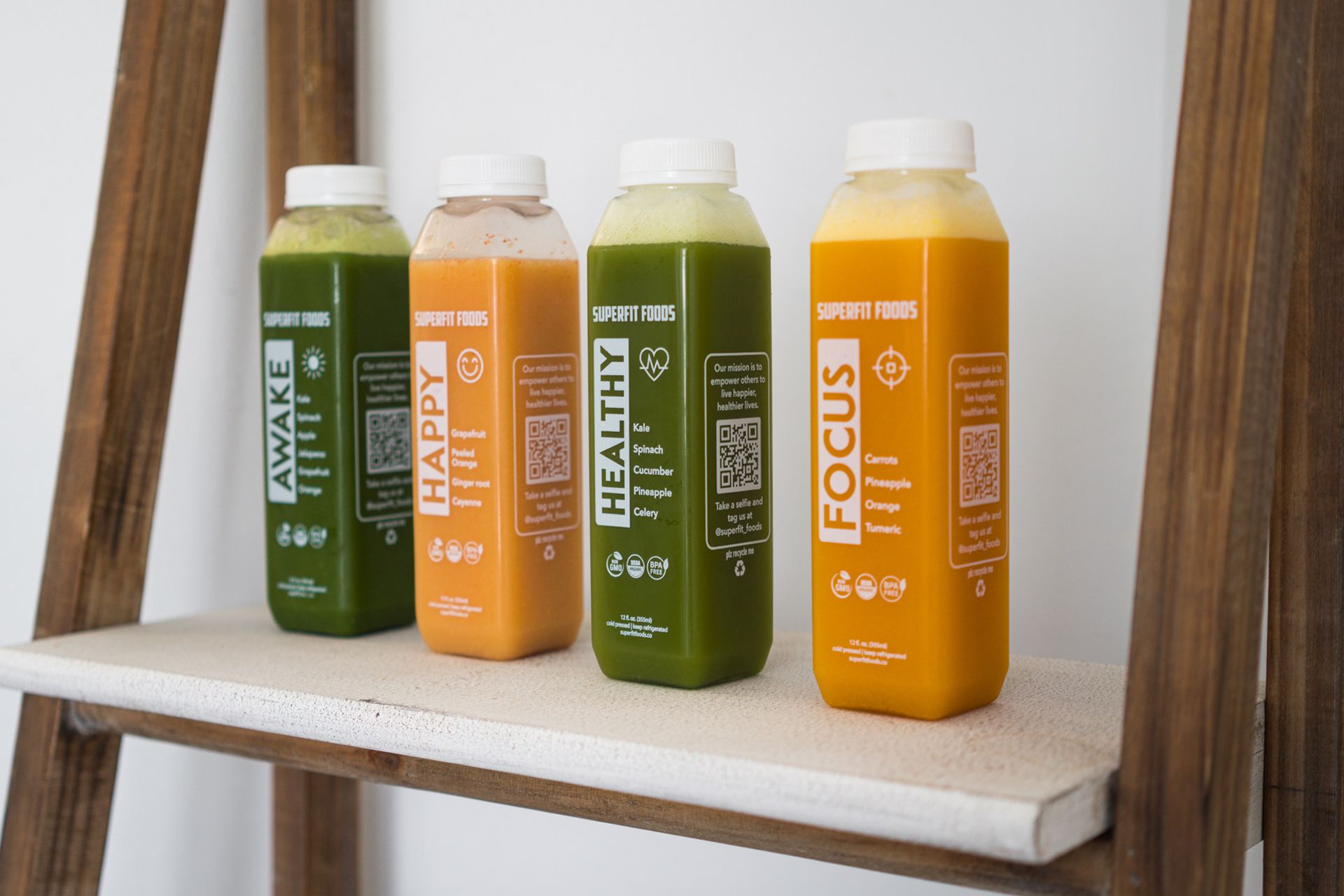What’s the difference between a Food Sensitivity and a Food Allergy?
By: Jared Graybeal
My team and I run a fully customizable, healthy meal prep company, so these two terms get thrown around a lot. If you work in health and wellness, the restaurant industry or any field where you are having conversations about food, you need to know the difference.
What is a Food Allergy?
A true food allergy causes an immune system reaction that affects numerous organs in the body. (3)
Food allergy affects an estimated 6 to 8 percent of children under age 3 and up to 3 percent of adults. While there’s no cure, some children outgrow their food allergy as they get older.
Symptoms of an allergic reaction may involve the skin, the gastrointestinal tract, the cardiovascular system and the respiratory tract. They can surface in one or more of the following ways:
- Vomiting and/or stomach cramps
- Hives
- Shortness of breath
- Wheezing
- Repetitive cough
- Shock or circulatory collapse
- Tight, hoarse throat; trouble swallowing
- Swelling of the tongue, affecting the ability to talk or breathe
- Weak pulse
- Pale or blue coloring of skin
- Dizziness or feeling faint
- Anaphylaxis , a potentially life-threatening reaction that can impair breathing and send the body into shock; reactions may simultaneously affect different parts of the body (for example, a stomachache accompanied by a rash)
While any food can cause an adverse reaction, eight types of food account for about 90 percent of all reactions: (1)
So what is a Food Sensitivity?
It’s easy to confuse a food allergy with a much more common reaction known as food intolerance, or food sensitivity. While bothersome, this is a less serious condition that does not involve the immune system but rather the digestive system . (2)
It’s estimated that 20% of the world’s population has food sensitivities.
The symptoms are varied and can include:
- Bloating
- Migraines
- Headaches
- Cough
- Runny nose
- Feeling under the weather
- Stomach ache
- Irritable bowel
Some common types of food intolerance are:
- lactose
- wheat
- gluten
- caffeine
- histamine, present in mushrooms, pickles, and cured food
- additives such as artificial sweeteners, coloring, or other flavorings
CONCLUSION:
The primary difference we see between Food Allergies and Food Sensitivities is that an allergy is an immune system reaction, and a sensitivity is a digestive system issue. Although both can be uncomfortable, the reactions from food allergies can be much more detrimental than food sensitivities. Lastly, only 3-8% of the population have allergies, while up to 20% of the population have food sensitivities.
Resources:
- https://acaai.org/allergies/types/food-allergy
- https://www.mayoclinic.org/diseases-conditions/food-allergy/symptoms-causes/syc-20355095
- https://www.mayoclinic.org/diseases-conditions/food-allergy/expert-answers/food-allergy/faq-20058538
- https://www.healthline.com/nutrition/common-food-intolerances
- https://www.everlywell.com/blog/food-sensitivity/food-sensitivity-testing-how-it-works-and-how-it-can-improve-your-well-being/
The post What’s the difference between a Food Sensitivity and a Food Allergy? appeared first on SUPERFIT FOODS.










